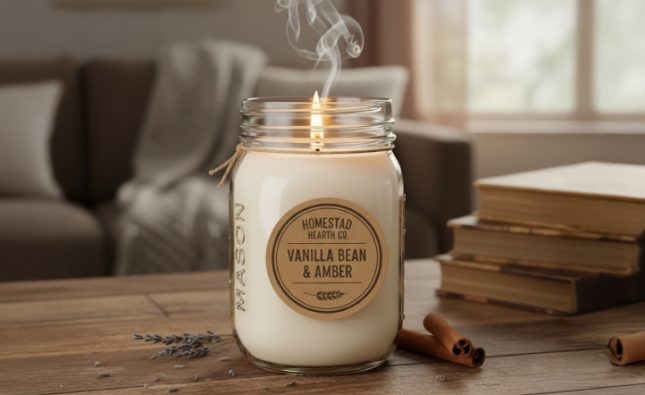
Subheading: Introduction to Fragrant Flowers
Enhancing your backyard with the delightful scents of fragrant flowers can transform your outdoor space into a haven of sensory bliss. The aroma of blooming flowers not only adds an inviting touch to your garden but also creates a relaxing atmosphere for you to enjoy. In this ultimate guide, we will explore various fragrant flowers and provide you with tips and techniques to grow them successfully in your own backyard.
Subheading: Choosing the Right Fragrant Flowers
When selecting fragrant flowers for your garden, consider your climate, soil type, and sunlight availability. Different flowers thrive in different conditions, so it’s essential to choose varieties that are suitable for your specific environment. Here are some popular fragrant flowers that are known for their delightful scents:
- Roses: Known as the “queen of flowers,” roses come in numerous varieties, each with its own unique fragrance. Choose from classic roses like ‘Mr. Lincoln’ or ‘Double Delight’ for a strong, sweet scent.
- Jasmine: This highly fragrant flower emits a heavenly scent, especially in the evening. It prefers warm climates and plenty of sunlight, making it an ideal choice for gardens in tropical or subtropical regions.
- Lavender: With its soothing aroma, lavender is a favorite among gardeners. It thrives in well-drained soil and requires full sun exposure. Harvest the flowers and use them for potpourri, sachets, or homemade essential oils.
- Sweet Alyssum: This dainty annual flower produces small clusters of white, pink, or purple blooms with a sweet honey-like fragrance. It is easy to grow from seed and thrives in cool weather, making it a perfect choice for spring and fall gardens.
Subheading: Planting and Caring for Fragrant Flowers
Once you have chosen the fragrant flowers you want to grow, it’s time to prepare your backyard for planting. Here are some essential steps to follow:
- Soil Preparation: Ensure your soil is well-drained and rich in organic matter. Add compost or well-rotted manure to improve the soil’s fertility and structure.
- Planting: Follow the planting instructions provided for each specific flower. In general, dig a hole slightly larger than the plant’s root ball, place the plant in the hole, and backfill with soil. Water thoroughly after planting.
- Watering: Most fragrant flowers prefer consistent moisture but not overly wet conditions. Water the plants deeply once or twice a week, depending on rainfall and temperature. Avoid overhead watering to prevent fungal diseases.
- Mulching: Apply a layer of organic mulch around the base of your fragrant flowers to help retain moisture, suppress weeds, and regulate soil temperature. Use materials like wood chips, straw, or shredded leaves.
- Pruning: Regularly prune your fragrant flowers to promote healthy growth and improve air circulation. Remove dead or diseased branches, and shape the plants as needed. Pruning also encourages more abundant flowering.
Subheading: Creating a Fragrant Garden Oasis
To maximize the impact of your fragrant flowers, consider these additional tips to create a garden oasis:
- Plant in Clusters: Group fragrant flowers together in clusters to intensify their scents. This creates a concentrated fragrance zone that envelops your garden.
- Include Night-Blooming Flowers: Some flowers release their fragrances primarily at night to attract nocturnal pollinators. Plant night-blooming species like moonflowers or night-blooming jasmine to enjoy their enchanting scents after dusk.
- Companion Planting: Choose companion plants that complement the fragrant flowers. For instance, plant herbs like thyme or rosemary nearby to add










